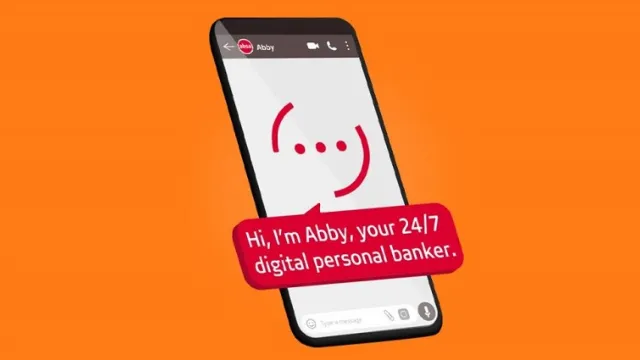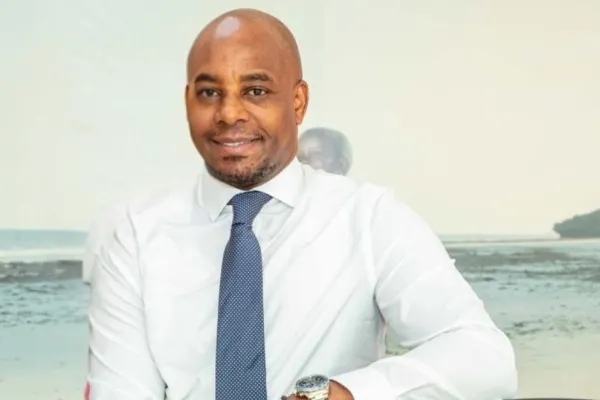How students will apply for university funding this year

How students will apply for university funding this year
The government will fully fund the university education of 45,000 students, just a quarter of the 173,127 who have qualified to join university with the rest required to apply for a mix of loans and supplementary contributions from their households.
Education Cabinet Secretary Ezekiel Machogu launched the online applications for placement to universities and colleges at the University of Nairobi that would see students chose various courses from 39 public universities, 33 private universities.
CS Machogu said that Kenya Universities and Colleges Central Placement Service (KUCCPS) has published the fees of all programmes in its website setting the stage for students to start making applications for courses and funding by August in time for starting learning in September.
Learners have 22 days according to the timer on the KUCCPS website to apply for higher education which can be done online, at 52 Huduma centres and with the help of KUCCPS officers will be sent out to selected universities and colleges in every county.
After placement the students will need to contact their respective institutions for admission requirements and guidance on how to access state funding.
Those who apply for private universities will not get subsidized state funding and will instead apply for government loans.
Read also: University comrades to get HELB via M-PESA
At least 45,000 students from needy and vulnerable backgrounds will access university education without paying any fees as the Government will meet their full costs of education.
The rest will have to apply for a mix of bursaries, University Fund and the Higher Education Loans Board programmes.
President William Ruto’s “student-centered” plan will support learners from needy and vulnerable backgrounds but the rest of the students will be required to cover up to half of their fees through loans.
It is not clear how the student needs will be determined as the government plans to classify university students into the three ‘financial’ categories: vulnerable, less vulnerable and able.
President Ruto said local chiefs, priests, pastors and imams, in the case of Muslim students, will be the key to assessing the level of a student’s needs and placement in the funding categories.
Under the old model, the government would settle 80 percent across all courses for all government sponsored students and let the household meet the remaining 20 percent through personal proceeds or Helb loans. However the loans were not directly linked to the fee payment since a part of the loans was for upkeep.
A total of 869,782 candidates sat for the 2022 Kenya Certificate of Secondary Education (KCSE) but 80 percent failed to attain the cut off points to join university which means they would have to apply for a position in the , three secondary teachers training colleges and 205 public Technical and Vocational Education and Training (Tvet) colleges.



